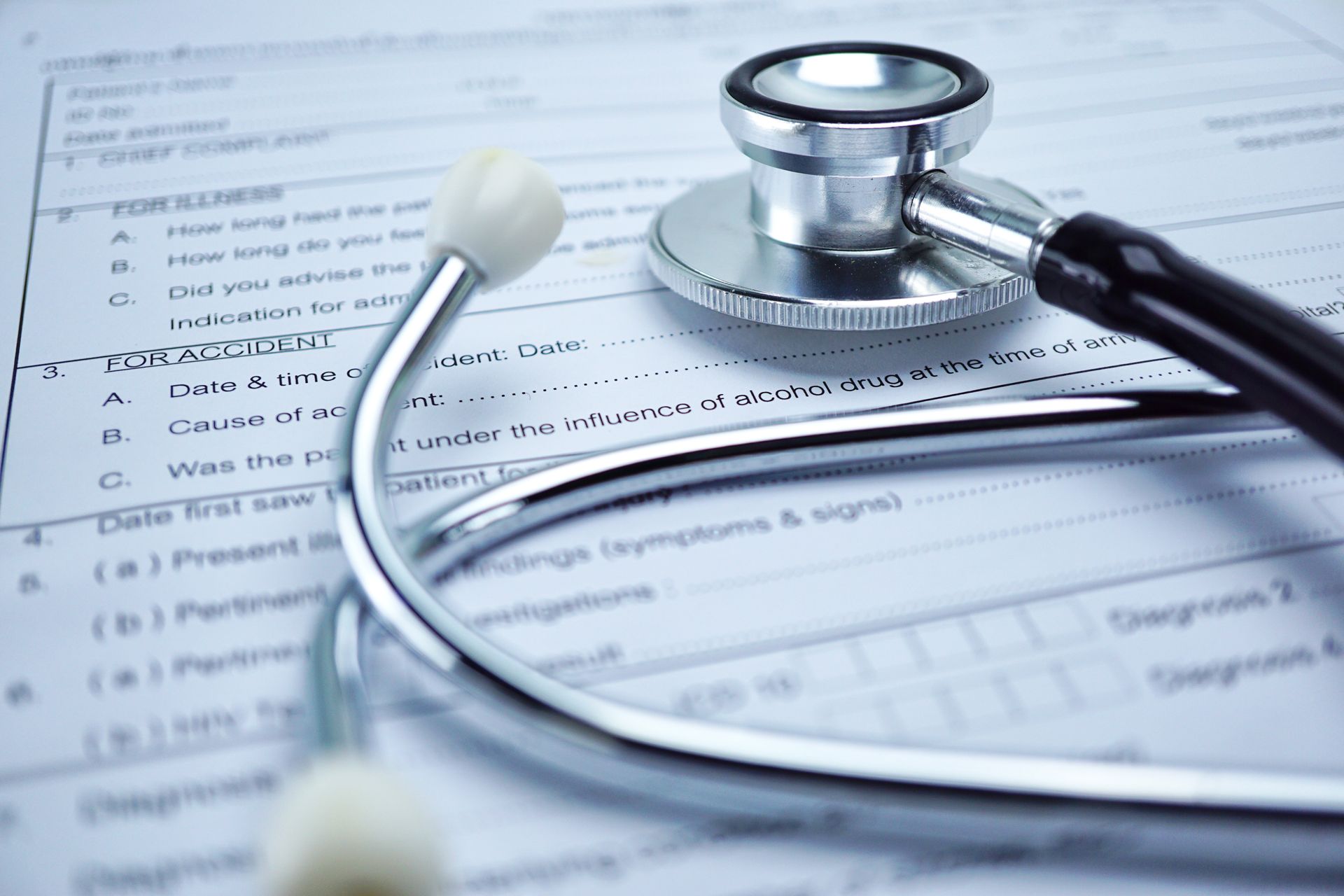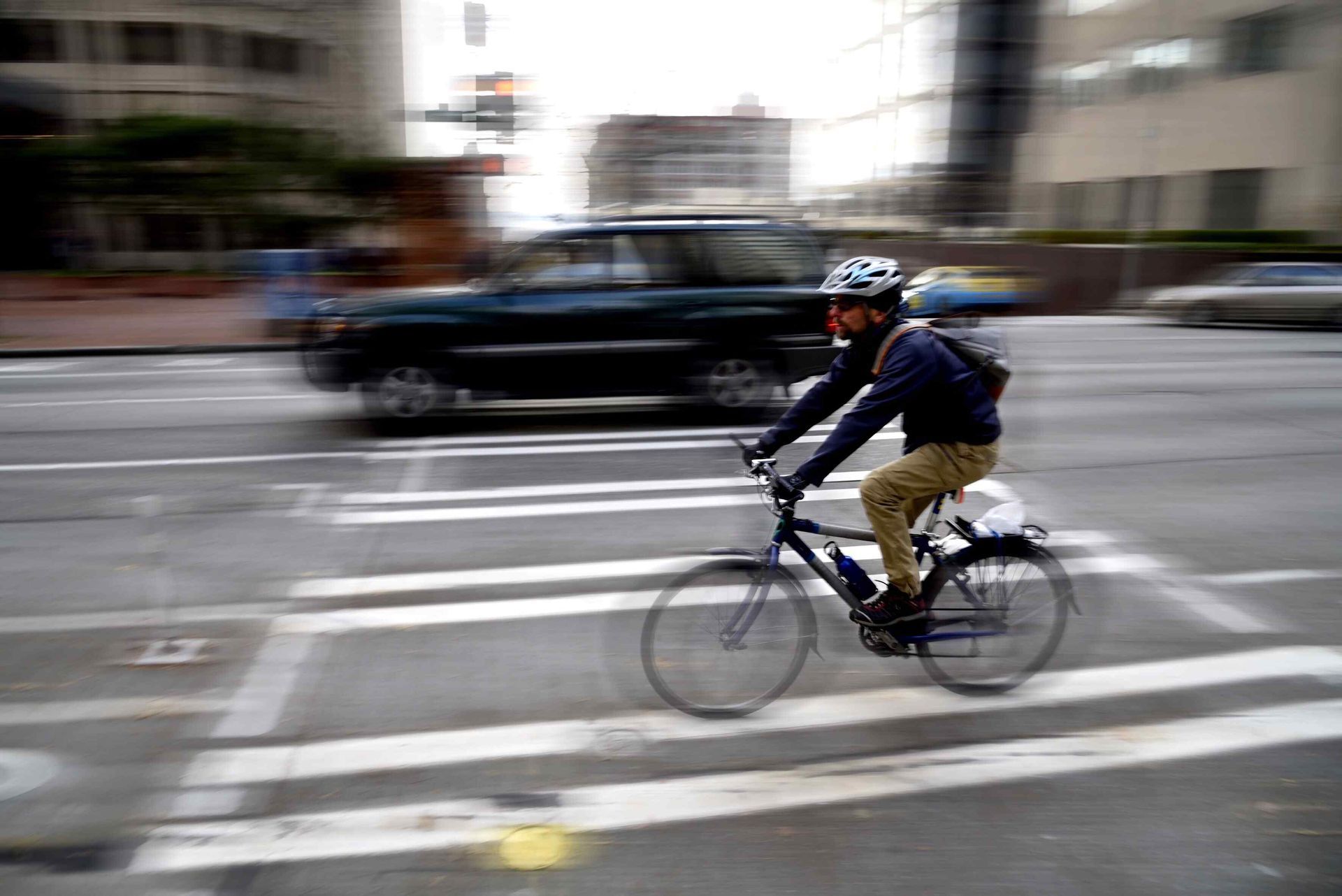Negligent Driving: If a motorist was driving negligently—such as speeding, running a red light, or failing to yield to a cyclist at an intersection—they can be held liable for the accident. According to the NHTSA, 50% of bicycle accidents occur at intersections, where motorists fail to follow proper traffic laws.
Distracted Driving: With the rise of smartphones, distracted driving has become a major issue. If a motorist was texting, talking on the phone, or distracted in any other way and hit a cyclist, they could be responsible for the crash. The NHTSA reports that distraction-related crashes account for nearly 25% of all accidents, making it a common reason for personal injury claims.
Failure to Share the Road: Cyclists are entitled to the same rights as motorists. If a driver fails to share the road, such as by cutting off a cyclist, making unsafe lane changes, or not giving enough space when passing, they may be liable for any resulting injuries. Many states have laws requiring motorists to give cyclists at least 3 feet of space when passing, and failure to do so can result in an accident and a personal injury claim.
Drunk Driving: If the motorist was driving under the influence of alcohol or drugs, they can be held liable for the accident. DUI accidents are a serious issue, with NHTSA data showing that alcohol-impaired drivers were involved in nearly 30% of fatal crashes in 2019. A cyclist hit by a drunk driver may be entitled to compensation for their injuries.
Road Conditions: In some cases, poor road conditions caused by the actions of a motorist or municipal negligence (such as potholes, debris, or poorly marked lanes) can contribute to an accident. If the road was made dangerous by actions of the motorist, a cyclist may have grounds for a personal injury claim.



